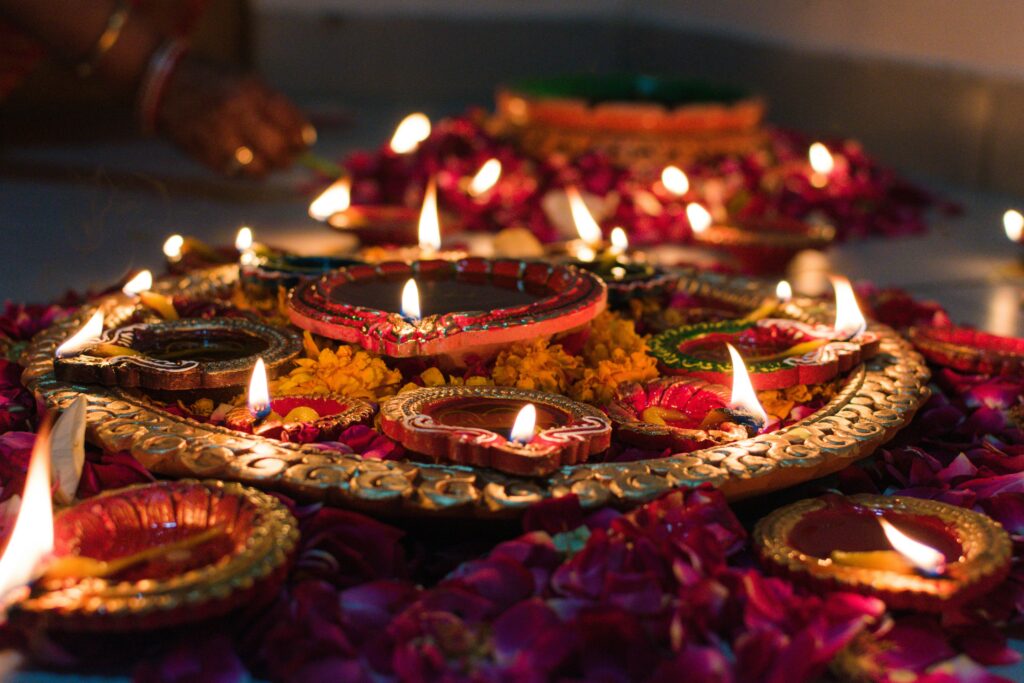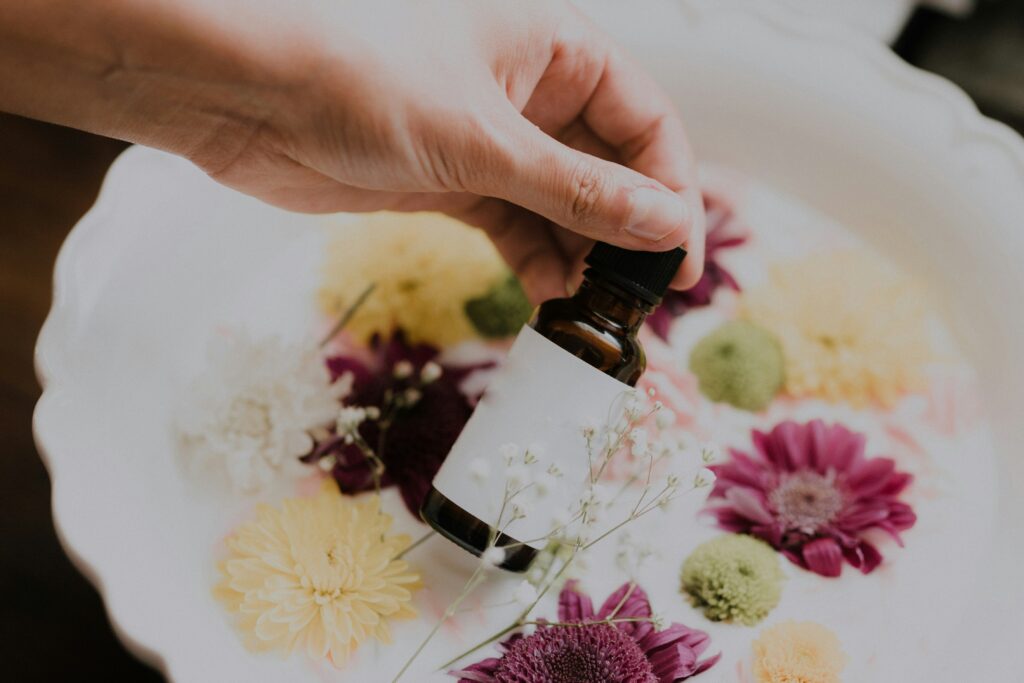As a zillennial who appreciates good branding, I love going to health foods stores to see the unnecessary, overly-priced snacks for a splurge. During a recent excursion through the nibbles-and-concoctions aisle, the plethora of pretty packaging featuring the words “golden milk” struck me. This is a prime example of the exoticization and cultural appropriation of turmeric, an essential Ayurvedic ingredient and a staple in Indian households like mine.

Los Angeles is bursting at the seams with this superficial commodification of Ayurveda, the ancient Indian system of medicine. It takes a lot of willpower for me not to roll my eyes when my non-Indian friends recommend ashwagandha for stress relief or turmeric for inflammation. While I appreciate their intentions, my frustration stems from their need for more awareness about the origins of these herbs.
This LA-ification, commercialization, and rebranding of Ayurveda by the West strips it of its traditional roots, depth, and cultural significance. When the dominant group takes pieces of this culture for profit and turns it into a marketable product, we witness cultural appropriation.

As globalization accelerates the sharing of wisdom across cultures, we must ensure this transmission doesn’t lead to cultural erasure. The essence of these traditions becomes diluted into trendy fads tailored for mainstream Western consumers’ tastes.
What is Ayurveda?
Ayurveda is not merely a collection of herbs and spices. It’s an ancient medical practice that integrates the mind, body, and soul. It aims for balance. This balance is often achieved through understanding one’s body type or dosha. Each person is a combination of the three doshas—vata, pitta, and kapha. Understanding the ratios of these doshas provides insights into achieving personal balance. The herbs and spices are tools Ayurvedic practitioners use to prescribe treatments based on one’s unique doshic composition.
Another example is hair oiling, an Ayurvedic practice currently trending on my TikTok feed. Ayurveda says personalization is crucial, so not everyone should follow the same haircare oil routine. The trendy oils trending on my For You page are fun, but they might not be right for me.

Sadly, the current Western adoption of Ayurvedic practices has reduced it to its most palatable and marketable components. These actions ignore the nuances of its practice. And there’s a tendency to latch onto specific parts like turmeric without fully understanding its role and proper usage. (And don’t even get me started on the incorrect pronunciation of turmeric: It’s tuR-meric, not TU-meric!).
Beyond simplifying Ayurveda, outright commodification is audacious. The 1995 U.S. patent for turmeric for wound healing (long known in Indian cultures) represents egregious cultural appropriation.
As businesses profit from these practices, the risk of turning traditional healing into luxury commodities grows. Thus, this pushes the original practices out of reach for many and risks cultural dilution. That is my fear with the commodification of Ayurveda. Eventually, I will have fears of biopiracy.
Recognizing cultural appropriation patterns
Ayurveda appropriation follows a familiar pattern, as seen in yoga, another Vedic science that the West has decontextualized and rebranded. This includes everything from the incorrect pronunciation of Sanskrit names to Christian yoga. Other cultures’ traditional indigenous knowledge similarly gets co-opted, such as claiming rights over sacred psychedelic practices.
Sadly, the spaces that adopt these practices do not feel welcoming to those from the appropriate culture. This leads to exacerbated feelings of exclusion and cultural alienation. I have been to yoga studios in LA, and they don’t feel inclusive. I feel like I don’t belong in those spaces.

Don’t get me wrong. I’m all for making this ancient knowledge accessible globally and appreciate that Western curiosity helped raise awareness of yoga. This means respectful accessibility that acknowledges origins and maintains the authenticity and nuances of the practice. Otherwise, it becomes reductive cultural appropriation rather than appreciation.
So, by all means, enjoy that golden milk latte. But don’t divorce it from its Ayurvedic roots and view it as another superficial health craze.
To my South Asian peers: take pride in our rich heritage. And for others, honor these traditions you’ve grown to love by educating yourselves on their history and context. To appropriately do Ayurveda, we cannot appropriate it.
This post was submitted as part of our “You Said It” program.” Your voice, ideas, and engagement are important to help us accomplish our mission. We encourage you to share your ideas and efforts to make the world a better place by submitting a “You Said It.”
How to Help:
The OpEd Project connects underrepresented experts from universities, think tanks, foundations, nonprofits, corporations, and community organizations with high-level media mentors. The goal is to change the world one voice at a time. You can help support this mission by donating to The OpeEd Project.

More From Better
- You Said It: I’m an Economist — Here’s Why DEI in Business, Education and Community Leads to Economic Prosperity
- UNICEF CEO Discusses Launch of New Multimedia Experience ‘Heart Strings: Creating Connection to the World’s Children’
- 30 Best Things to Do in Chicago and the Suburbs in June 2024

Ashwini Nagappan is a Ph.D. candidate in Health Policy and Management at UCLA and a Public Voices Fellow of The OpEd Project and AcademyHealth. Her research focuses on ethical, legal, and social implications for direct-to-consumer healthcare products and services.

